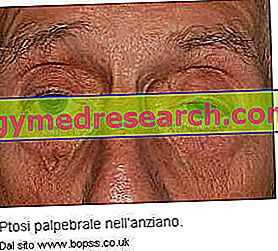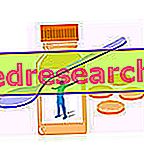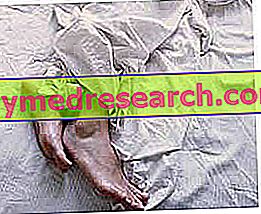Related articles: Spinal stenosis
Definition
Spinal stenosis is a condition due to the narrowing of the vertebral canal. Under normal conditions, the latter has a sufficiently large diameter to accommodate the nerve fibers that branch out from the spinal cord.
However, for various reasons, the shape and size of the vertebral canal may undergo variations, which can lead to nerve compression, causing pain. Spinal stenosis can also involve the spinal cord, which is forced to invade the available space in the canal, and the structures adjacent to the spine (ligaments, joints, intravertebral discs, etc.).
Spinal stenosis is predominantly acquired, but can be, albeit very rarely, also congenital. The most common causes of spinal stenosis are osteoarthritis, herniated disc and spondylolisthesis (a vertebra slides forward with respect to the one below). Paget's disease of the bone, rheumatoid arthritis and ankylosing spondylitis can also cause the vertebral canal to narrow.
Most common symptoms and signs *
- Asthenia
- Intestinal Atony
- dizziness
- cruralgia
- Neck pain
- Hand and wrist pain
- Shoulder pain
- Arm pain
- Back pain
- Articolar pains
- Tingling in the hands
- Tingling in the legs
- Sore legs
- Hypoaesthesia
- weakness
- Backache
- Headache
- Nausea
- Paresthesia
- Stiffness in the muscles of the back and neck
- Articular noises
- Sciatica
- Lhermitte sign
- Spinal stenosis
Further indications
The narrowing of the spinal canal causes pain (localized, in particular, at the level of the stenosis) and symptoms due to the compression of one or more nerve roots, including tingling and / or numbness (paresthesia), hyposthenia (loss of strength) of the limbs and reduction of reflexes along the course of the affected segment.
When the process involves the lumbar tract, pain may appear that radiates from the back to the legs during walking or under load, associated with the so-called "claudication" or spinal lameness.
If it appears on the cervical level, however, the person may experience painful pangs similar to electric shocks, especially when it flexes the neck by pointing the chin towards the chest; furthermore, there may be: numbness, weakness, burning sensations and tingling in the arms.

As for the diagnosis, spinal stenosis is suspected based on the characteristic symptoms. If neurological deficits are present, imaging studies and neurophysiological tests must be performed to assess the presence and degree of compression exerted on the nerve roots. To confirm the diagnosis, the doctor can use magnetic resonance imaging (MRI) or computed tomography (CT).
Spinal stenosis can be treated with pain-relieving and anti-inflammatory drugs, corticosteroid injections, physical analgesic therapies and physiotherapy. In the event that conservative treatment does not prove to be effective, the doctor can assess the possibility of resorting to surgery.



